Disclosure: This article contains affiliate links. We may earn a commission from purchases at no extra cost to you, which helps our travel content.
The morning light filters through a veil of Saharan dust, casting Bamako in a golden haze that photographers dream about. As I adjust my camera settings at the edge of the Niger River, a fisherman glances my way with a curious smile before casting his net with practiced precision. This moment—this connection across cultures through the simple act of acknowledging each other's presence—is why I've traveled halfway across the world to Mali's pulsating capital.
Preparing for a Photographic Expedition in Bamako
When I decided to spend a week documenting Bamako, I knew this wouldn't be like my previous trips to Southeast Asia or even my ventures through Maritime Canada. Mali requires careful preparation, especially for solo travelers with camera equipment.
First, secure proper documentation. Beyond a passport with at least six months validity, Mali requires a visa that can be obtained through their embassy or consulate. I also registered with my country's embassy in Bamako before arrival—an extra safety step I always take when visiting regions with travel advisories.
For photography gear, I packed thoughtfully. My camera rain cover proved essential during unexpected downpours and for protecting against the fine dust that seems to find its way everywhere. The Saharan climate is unforgiving to electronics, so I also brought a sensor cleaning kit that saved my shots more than once.
While researching Bamako, I discovered that having a local guide is invaluable. Through a photography forum, I connected with Amadou, a Bamako native with extensive knowledge of the city's photographic hotspots and cultural nuances. His assistance not only enhanced my photography but also provided crucial cultural context that helped me approach subjects with appropriate sensitivity.
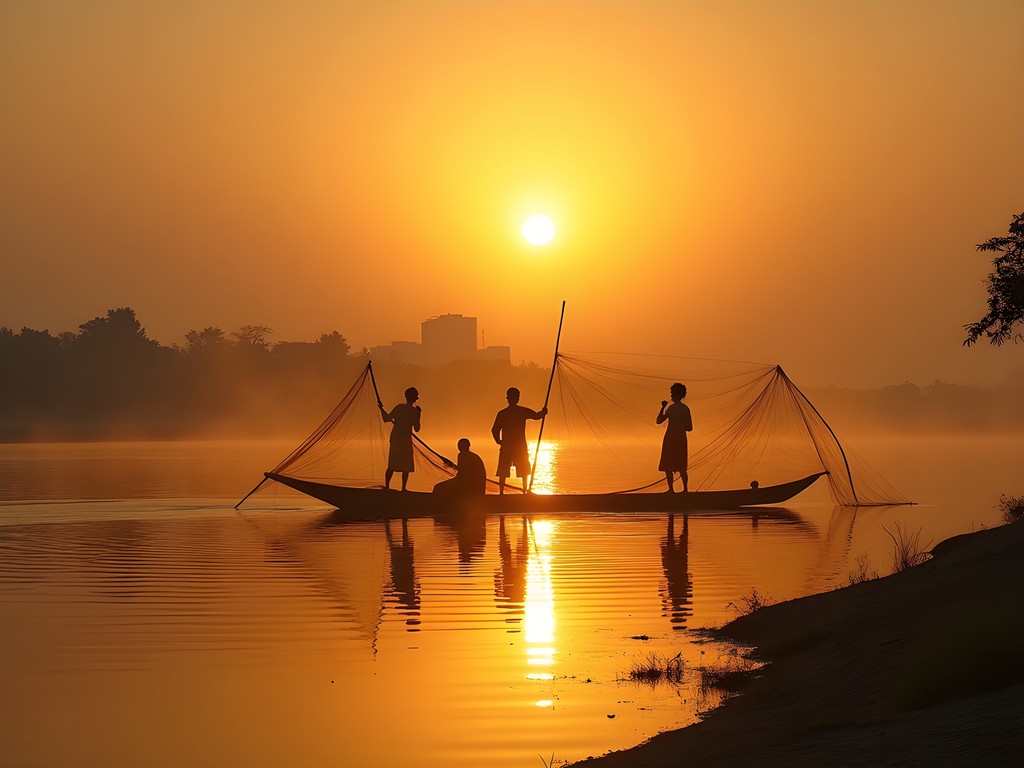
💡 Pro Tips
- Always ask permission before photographing people – a smile and gesture toward your camera is universal language
- Keep gear minimal and inconspicuous – a camera bag that doesn't scream 'expensive equipment inside' is best
- Carry extra SD cards and keep them in separate locations from your camera as backup
Navigating Bamako's Grand Marché: A Photographer's Paradise
Bamako's Grand Marché (Great Market) is sensory overload in the best possible way. The sprawling marketplace teems with vendors selling everything from vibrant textiles to intricate metalwork, creating a kaleidoscope of colors that practically begs to be photographed.
I arrived early, around 8 AM, when merchants were setting up their stalls. This timing offers beautiful directional light and fewer crowds. The textile section became my favorite haunt—Mali's famous bogolan (mud cloth) with its earthy tones and geometric patterns creates striking compositions, especially when artisans are in the process of creating or displaying their work.
Photographing in markets requires respect and cultural awareness. I always carried small denominations of West African CFA francs to purchase items from vendors whose stalls I photographed extensively. This gesture of reciprocity opened doors to authentic interactions and often led to invitations to photograph the crafting process itself.
For protection in the crowded market, I wore my anti-theft crossbody bag under a light shirt, keeping my valuables secure while leaving my hands free for photography. The lockable compartments gave me peace of mind as I navigated the bustling alleys.
While photographing the spice section, I met Fatima, a vendor who has sold her carefully curated spice blends for over twenty years. After purchasing some aromatic mixtures (which later made their way into my cooking back home), she allowed me to capture close-ups of her hands—weathered but strong—as they measured out vibrant powders for customers.
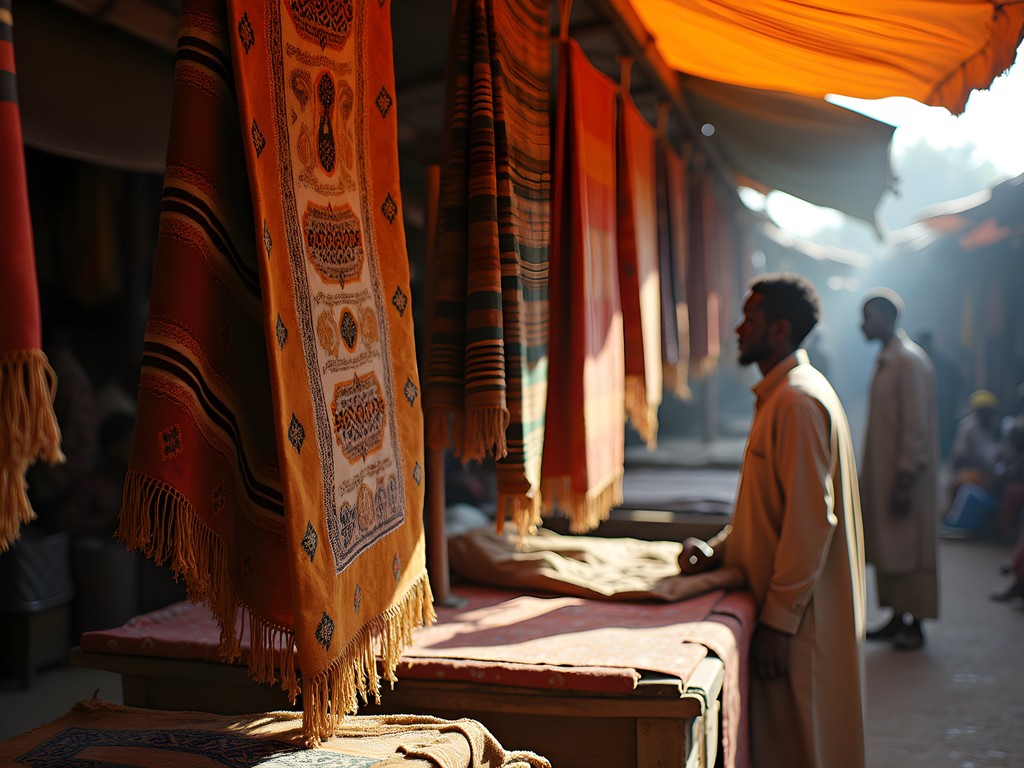
💡 Pro Tips
- Visit markets twice: once in early morning for setup shots and again in full swing for atmosphere
- Use a 35mm or 50mm prime lens for market photography—less intimidating than a zoom and forces you to interact more closely with your subjects
- Bring a small notebook to write down names and stories of people you photograph—this adds depth to your visual narrative later
The Niger River: Capturing Bamako's Lifeline
The Niger River isn't just a geographic feature of Bamako—it's the city's pulsing artery, supporting countless livelihoods and providing a natural respite from urban intensity. As a photographer, the river offers endless compositional possibilities throughout the day.
My veterinary background draws me to the relationship between communities and their natural environments. Along the Niger, this connection is evident everywhere: from fishermen mending nets to women washing clothes at the water's edge, to cattle herders bringing their animals to drink. These interactions create powerful visual stories about sustainability and interdependence.
For river photography, I relied heavily on my polarizing filter to cut glare and enhance the rich colors of the water and sky. The filter made a dramatic difference in image quality, especially during the harsh midday sun when I photographed the boatbuilders working near the Pont des Martyrs (Martyrs' Bridge).
One unforgettable experience came from hiring a small pinasse (wooden boat) for an hour at sunset. My boatman, Ibrahim, skillfully navigated to spots where fishermen were bringing in their daily catch. The low-angle perspective from water level, combined with the golden hour light, created dramatic silhouettes against the glowing sky. For this excursion, my waterproof dry bag provided essential protection for my gear.
The riverbanks also offer a glimpse into Bamako's social life—young people gather to play music, families picnic on weekends, and impromptu markets spring up selling freshly caught fish. These scenes provide authentic glimpses into daily life that go beyond typical tourist imagery.
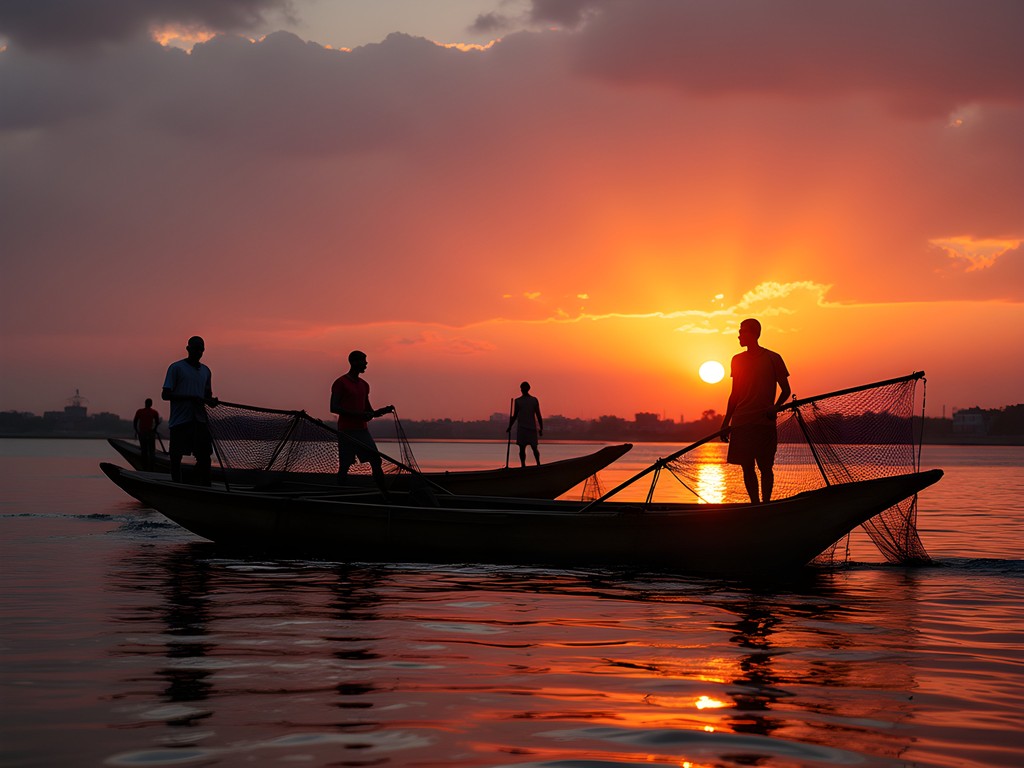
💡 Pro Tips
- Book a boat ride during golden hour (5:30-6:30 PM) for the most magical light on the water
- Bring a telephoto lens to capture distant scenes of river life without being intrusive
- Look for reflections in the water—they can transform an ordinary scene into something extraordinary
Cultural Landmarks Through the Lens
Bamako's architectural landscape tells the story of Mali's complex history—from colonial influences to post-independence national pride. The city's monuments and cultural institutions offer compelling subjects for photographers interested in more than just pretty pictures.
The National Museum of Mali (Musée National du Mali) houses an extraordinary collection of artifacts, but its building itself—designed by Jean-Loup Pivin—is equally photogenic. The structure's clean lines against the earthy landscape create striking geometric compositions. I spent an entire morning exploring the museum's gardens, which feature traditional architectural elements and outdoor exhibitions. My lens cleaning pen was constantly in use as I moved between dusty exteriors and climate-controlled exhibition spaces.
The Grande Mosquée presents another architectural highlight, though photographers should approach with appropriate respect. I photographed the exterior during late afternoon when the light accentuated its impressive façade. Remember that non-Muslims typically aren't permitted inside, and always ask permission before photographing worshippers.
The Monument to African Unity (Monument de l'Unité Africaine) offers dramatic perspectives, especially when photographed from low angles against the sky. I visited at different times of day to capture how changing light transforms its appearance—my favorite shots came just after a brief rainfall when puddles created reflections of the monument.
For those interested in contemporary Malian culture, the Centre Culturel Français hosts exhibitions by local artists. During my visit, a photography exhibition showcased work by emerging Malian photographers documenting environmental changes along the Niger River—a fascinating perspective on how local artists are using the medium to address pressing social issues.
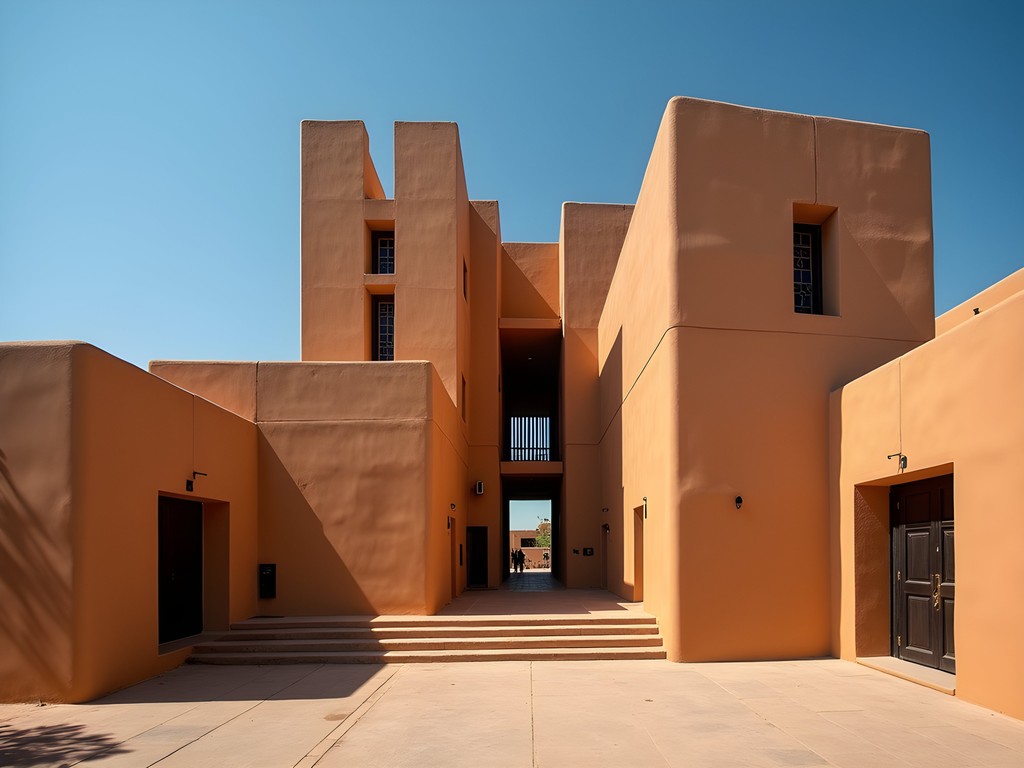
💡 Pro Tips
- Photograph architectural landmarks during the 'blue hour' (just after sunset) when artificial lighting balances beautifully with the darkening sky
- Include people in architectural shots to provide scale and human interest
- Research the cultural significance of sites before visiting to inform your photographic approach
Street Photography & Ethical Considerations
Street photography in Bamako offers rich visual rewards but requires thoughtful navigation of ethical considerations. As someone who's photographed across various cultures, I find that approaching street photography with respect and genuine interest in people's stories creates the most meaningful images.
Bamako's streets pulse with life from dawn until well after dark. The area around the Marché Rose (Pink Market) offers particularly vibrant scenes of daily commerce. I found that carrying my camera openly rather than shooting surreptitiously built trust. When someone noticed my interest, I'd smile and gesture to my camera, using the few Bambara phrases I'd learned. More often than not, people responded with generous permission.
For street photography, I relied on my prime lens which allows for beautiful background separation while being less conspicuous than a zoom lens. Its excellent low-light performance proved invaluable when photographing musicians performing at dusk near the Pont des Martyrs.
I always carry small prints from previous travels to show people I photograph. This simple act transforms the dynamic from photographer-subject to a more reciprocal exchange. After photographing a group of children playing football with a homemade ball, I showed them images from Canada. Their fascination with snow photos sparked a cross-cultural conversation that transcended our language barriers.
For longer conversations, my pocket translator helped bridge communication gaps. This compact device translates between numerous languages, including Bambara and French—both widely spoken in Mali. The ability to have meaningful exchanges elevated my photography from mere observation to collaborative storytelling.
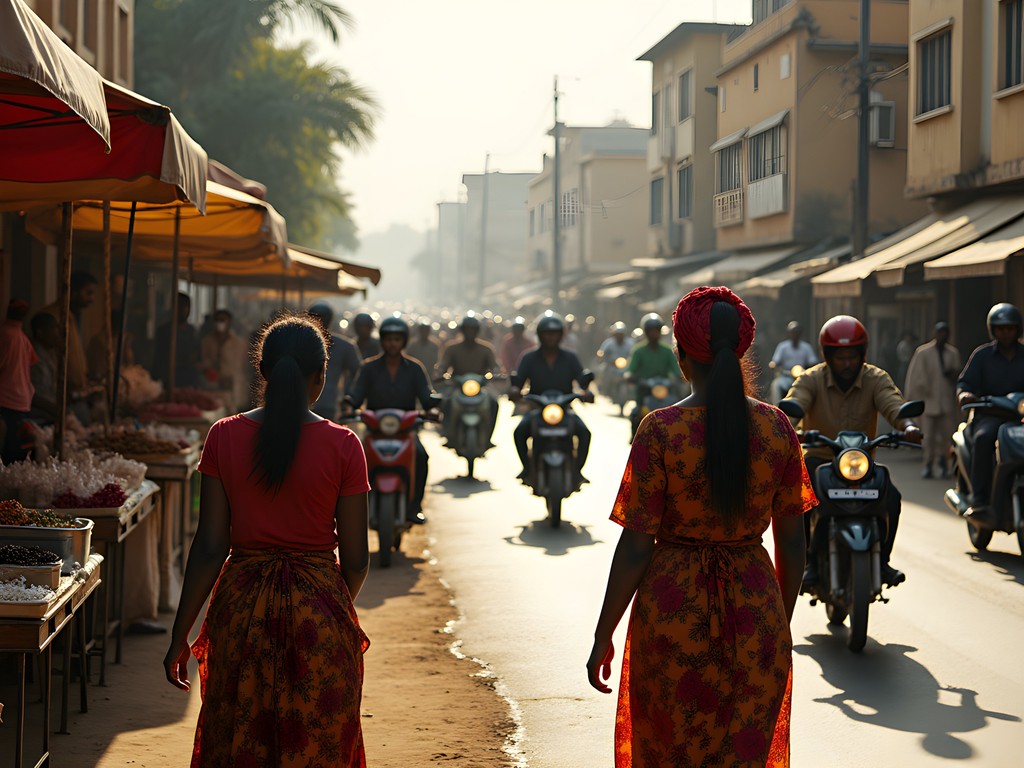
💡 Pro Tips
- Learn basic greetings in Bambara (Mali's most common language)—'I ni ce' (hello) and 'I ni balo' (thank you) go a long way
- If someone declines being photographed, respect their wishes immediately and without question
- Consider printing and sending photos back to subjects when possible—many tour guides or hotel staff will help with this gesture of reciprocity
Final Thoughts
As I pack away my gear on my final evening in Bamako, reviewing images under the glow of my laptop screen, I'm struck by how this city defies simple narratives. Through my lens, I've attempted to capture not just the visual feast that Bamako offers, but the resilience and creativity that pulses through its streets, markets, and along its riverbanks.
Photographing Bamako demands more than technical skill—it requires cultural sensitivity, patience, and a willingness to engage beyond the surface. The most compelling images emerged not when I was hunting for the perfect shot, but when I set aside my agenda to connect with people whose daily lives unfold against this vibrant backdrop.
For photographers contemplating a similar journey, I encourage you to approach Bamako with both visual curiosity and cultural humility. Learn a few phrases in Bambara, support local businesses, and be generous with your time and attention. The images you'll create will be richer for it, carrying stories that go far beyond pretty pictures.
Bamako may not be on every photographer's bucket list, but for those willing to venture beyond conventional destinations, its visual stories offer profound rewards. As the saying goes in Bambara, 'I ka taa ka segin'—may you go and return safely. And when you do return, may your memory cards be full and your perspective forever widened.
✨ Key Takeaways
- Photographing in Bamako requires cultural sensitivity and reciprocity—giving back to those you photograph creates more meaningful connections and images
- Early morning and golden hour provide the most magical light for photographing the Niger River and city landscapes
- Local guides are invaluable for accessing authentic photographic opportunities and navigating cultural contexts
- Street photography ethics are especially important—always seek permission and respect boundaries
- Beyond technical skills, the most compelling images emerge from genuine human connection and understanding
📋 Practical Information
Best Time to Visit
October-February (dry season)
Budget Estimate
$30-50 USD/day (budget accommodation, local food, transportation)
Recommended Duration
7-10 days
Difficulty Level
Challenging
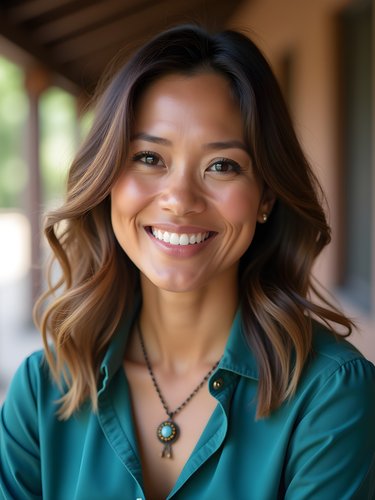
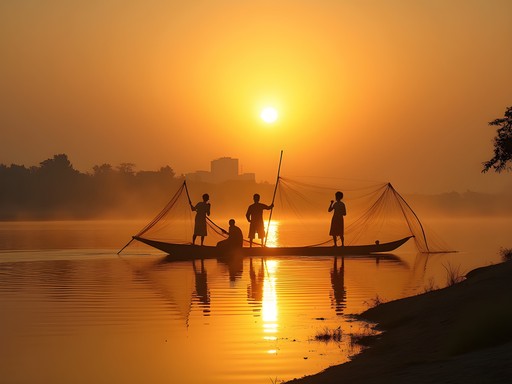
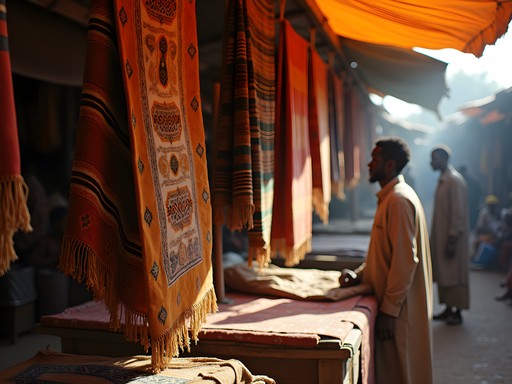

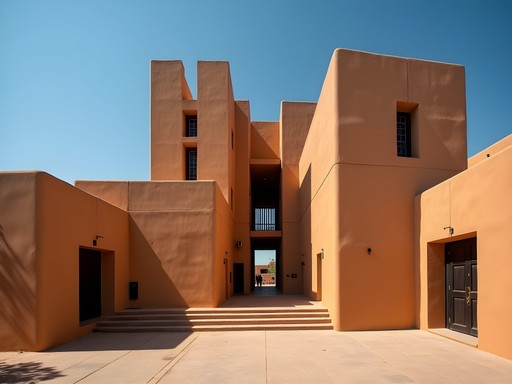










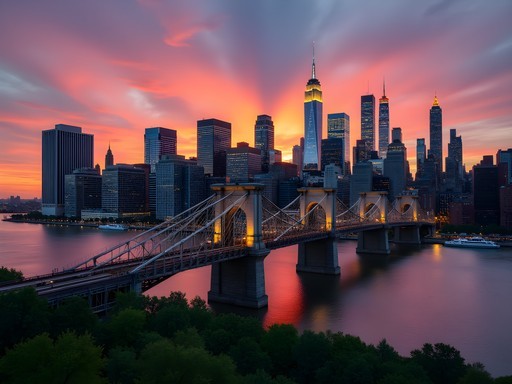
Comments
Taylor Moreau
Excellent perspective on Bamako, Casey. I was there last month for a business conference and managed to sneak in some photography time. The Grand Marché is indeed a photographer's paradise, though I found requesting permission before photographing vendors essential. The light during the early morning river crossings is spectacular as you mentioned. Did you have any issues with security while carrying professional equipment? I found hiring a local guide invaluable for navigating some of the more sensitive areas.
mountainlife
Beautiful photos Casey! How did you handle the dust situation with your camera gear? Planning a trip to West Africa next year and concerned about equipment damage.
Casey Torres
Thanks mountainlife! The Saharan dust is definitely a challenge. I kept my gear in a weatherproof bag when not shooting, and used a lens hood + UV filter constantly. Quick lens changes and cleaning every evening became my ritual. My camera cleaning kit was absolutely essential!
mountainlife
Really appreciate the tips! Will definitely pack accordingly.
backpackadventurer
Love how you captured the everyday moments! Those river scenes are absolutely gorgeous.
Sophia Gomez
Just finished reading this while on my flight to Dakar! Your post couldn't be more timely as I'm heading to Bamako next week for a business conference, but planning to extend my stay for photography. The section about navigating the Grand Marché is gold - especially the tip about visiting twice, once to build relationships and once to photograph. On my last trip to Marrakech, I made the mistake of rushing in with my camera and definitely felt the resistance. Question - did you hire a local guide? I'm debating whether to explore solo or with someone who knows the hidden spots.
Casey Torres
Sophia, I split my time between solo exploration and having a local photography student as a guide (found through the university). Having someone who understands both local culture AND photography was invaluable for the less touristy neighborhoods. Enjoy Bamako!
Charlotte Watkins
Sophia, I second Casey's approach! Local photography students are often eager to show their city through their eyes. We connected with a wonderful guide through Instagram before our trip.
oceanphotographer3746
These shots are STUNNING Casey!! The way you've captured the light on the Niger River is absolute magic. I'm usually shooting coastlines but this makes me want to explore inland waterways more. The portraits from the market show such connection with your subjects too. Did you spend much time with each person before photographing them? The authenticity really shows!
Casey Andersson
Your photos transported me right back to my time in West Africa! Bamako has such a distinct energy that's difficult to capture, but you've done it brilliantly. The way you've documented the interplay of light and dust is masterful. When I visited last year, I stayed at Le Relais in Hippodrome neighborhood and found it perfect for early morning photography excursions - the staff even packed breakfast for my sunrise shoots. Did you explore any of the music venues? I spent an unforgettable evening at the Diplomate where a kora player created the perfect soundtrack to process the visual feast Bamako had offered that day. Looking forward to more of your West African content!
Sarah Powell
Casey, this is such a refreshing take on Bamako! I visited last year for my West Africa series and found the photography landscape there both challenging and rewarding. For anyone planning a similar trip, I'd add that the area around Point G Hill offers spectacular panoramas of the city, especially during the harmattan season when the dust creates that magical diffused light you mentioned. One thing I'd caution fellow photographers about - be very mindful of photographing government buildings or anything that could be considered sensitive infrastructure. I had a brief but uncomfortable interaction with police near the presidential palace despite staying on public streets. I used my travel tripod which was perfect as it's compact enough not to draw attention but sturdy enough for those long exposure river shots at dusk. Did you make it to the National Museum? Their collection of masks and textiles is a photographer's dream with the right lighting.
moongal
Sarah - did you feel safe as a solo traveler in Bamako? Thinking about going but nervous about bringing expensive camera gear.
Sarah Powell
I did feel reasonably safe, but I was always discreet with my equipment. I used a worn-looking camera bag, never left gear unattended, and hired a local guide for the first few days who helped navigate trickier areas. Common sense goes a long way!
backpackclimber5478
What camera setup did you use for these shots? Especially the low light ones at dusk?
Charlotte Watkins
Casey, your perspective on photographing Bamako is refreshingly thoughtful. Too often I see Western photographers parachute into places like Mali and take without giving back. Your approach of building connections first is exactly what's needed. When I took my family to West Africa last year, we made it a point to bring printed photos back to people we'd photographed earlier in our trip. The joy on their faces was worth every extra minute it took. Your section on cultural landmarks was particularly insightful - the Grand Mosque at different times of day offers completely different moods. Did you find any particular time worked best?
Casey Torres
Thanks Charlotte! I found early morning (about 7-8am) magical at the Grand Mosque - fewer people, beautiful light, and the caretakers were happy to chat. I love your approach of bringing back prints, I did something similar with a portable printer!
moongal
Wow Casey, your photos capture Bamako's soul in a way I've never seen before! Those golden hour shots by the Niger River are absolutely stunning. I spent two weeks in Mali back in 2023 and completely missed some of these perspectives. How did you manage to get such intimate portraits at the Grand Marché? Whenever I pulled out my camera, I felt like I was intruding on people's space. Any tips for being less conspicuous while still getting those authentic shots?
backpackclimber5478
Not the author but I found asking permission first works wonders in West African markets. Learn 'Can I take your photo?' in Bambara and smile a lot!
moongal
That's actually super helpful, thanks! Wish I'd thought of that during my trip.
Venture X
Premium card with 2X miles, $300 travel credit, Priority Pass